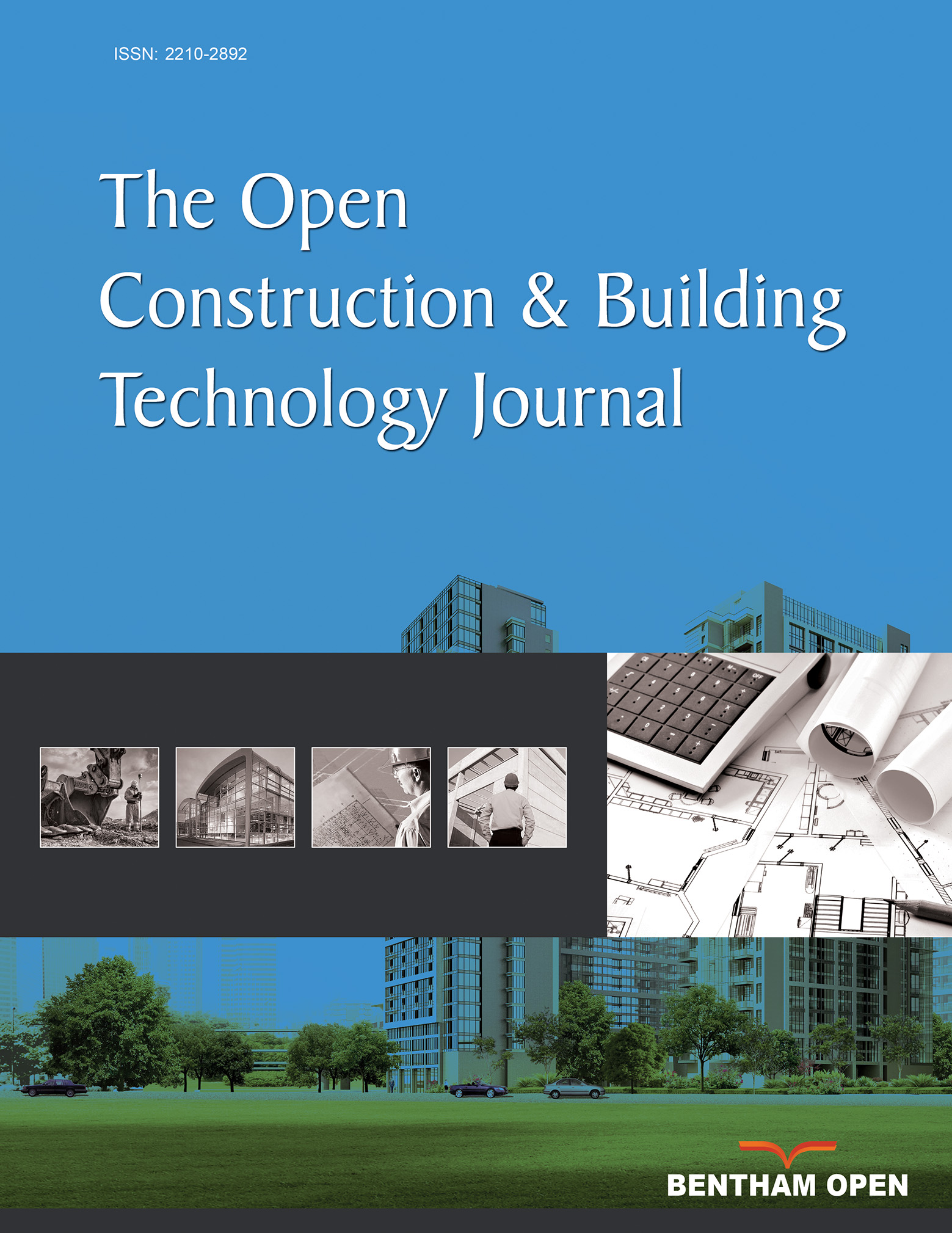All published articles of this journal are available on ScienceDirect.
The Behavior of Concrete-Filled Single and Double-Skin uPVC Tubular Columns Under Axial Compression Loads
Abstract
Background:
There is an increased demand for high-performance materials in the construction industry due to high cost, difficulty of sourcing and shortcomings of the existing construction materials. Some of the deficiencies are corrosion of steel, brittle failure and rapid deterioration of reinforced concrete structures in a harsh environment. Nowadays, there is also a shift from one material to another due to the difficulty of sourcing i.e. timber electric poles to concrete poles due to the difficulty of sourcing. These situations have triggered the interest to develop an alternative structural system.
Objective:
This paper presents the behavior of unconfined concrete, Concrete-Filled Single Skin uPVC Tubular (CFSUT) and concrete-filled double skin uPVC tubular (CFDUT) members under axial compression loads.
Method:
The unconfined concrete cylinders, CFSUT and CFDUT specimens were prepared from a concrete class of C25 and tested using a UTM machine at a rate of 0.2MPa/s. The parameters considered included thickness to diameter ratio (2t/D), aspect ratio (h/D) and hollow ratio (d/D). Also, a model was developed to predict the peak strength of CFSUT and CFDUT specimens.
Results:
The result shows that both CFSUT and CFDUT specimens exhibited improved strength, ductility, and energy absorption capacity. For CFSUT and CFSUT specimens, the strength, ductility, and energy absorption capacity increased by more than 1.32, 3.75 and 14.75 times compared to the unconfined concrete specimens, respectively. It is found that the strength decreased as the h/D and d/D ratios increased. The result also shows that the strain of CFSUT and CFDUT at the peak strength increased by more than 3.16 times compared to the unconfined concrete specimens. The proposed model accurately predicted the peak strength with AAE of 2.13%.
Conclusion:
The uPVC confinement provided a remarkable improvement on the strength, ductility and energy absorption of concrete. Therefore, uPVC tubes can be used as a confining material for bridge piers, piles, electric poles, and building columns to increase strength, ductility and energy absorption of concrete structures.


